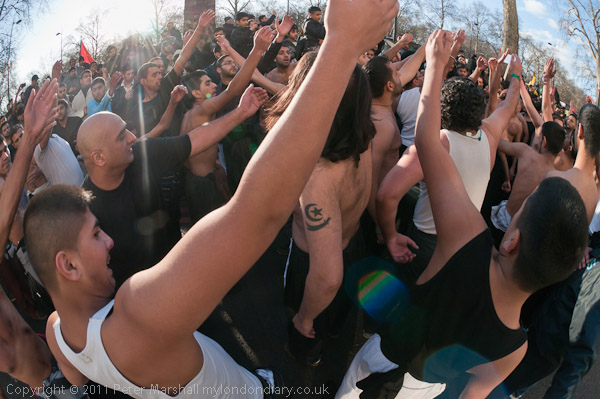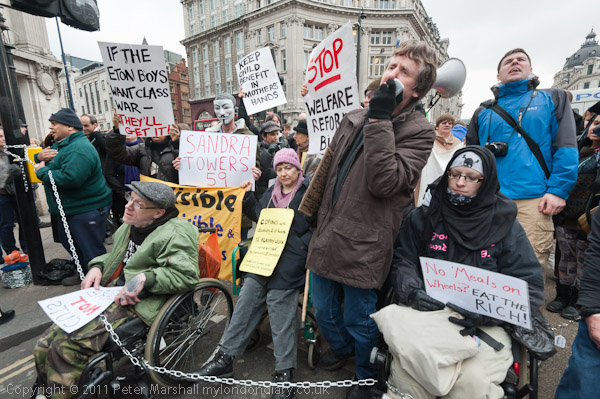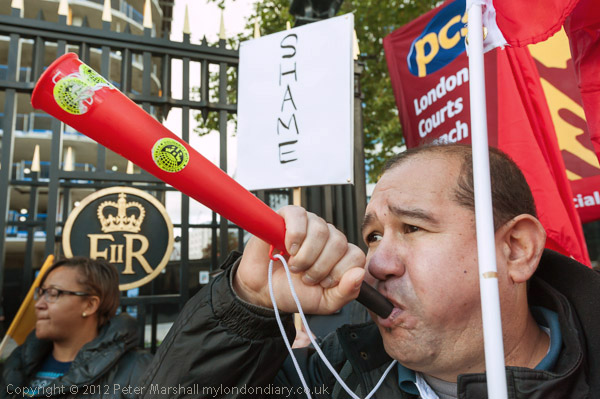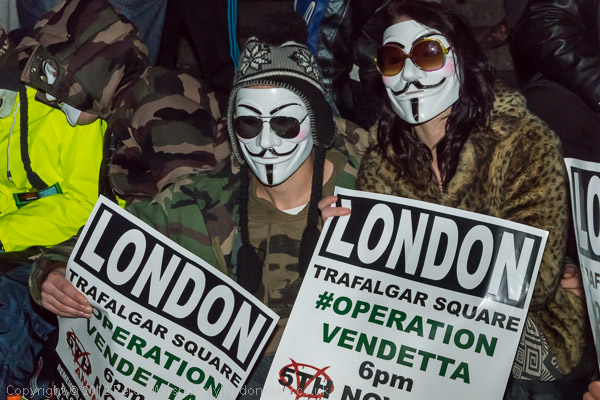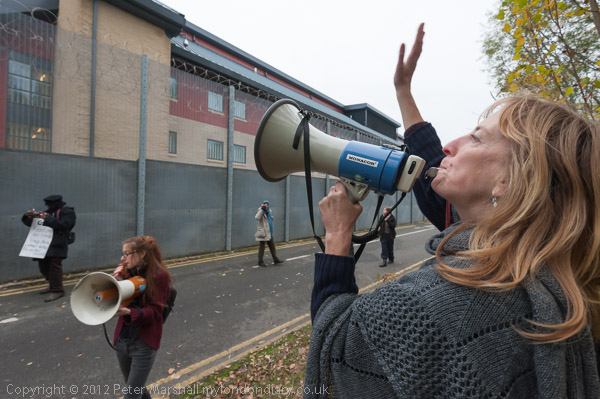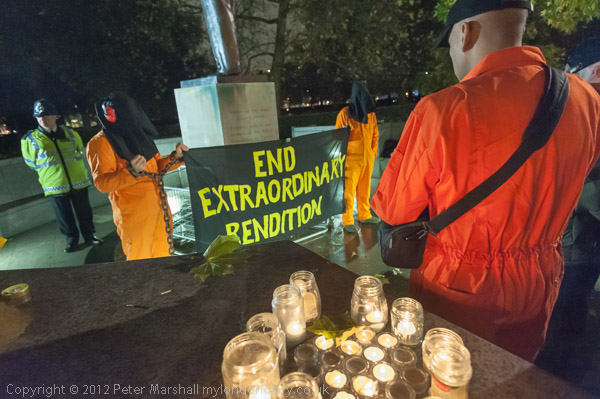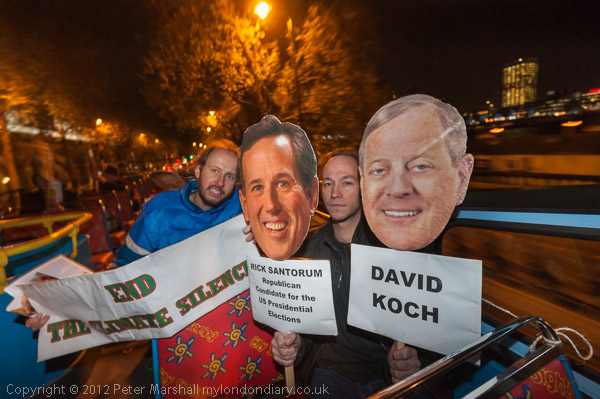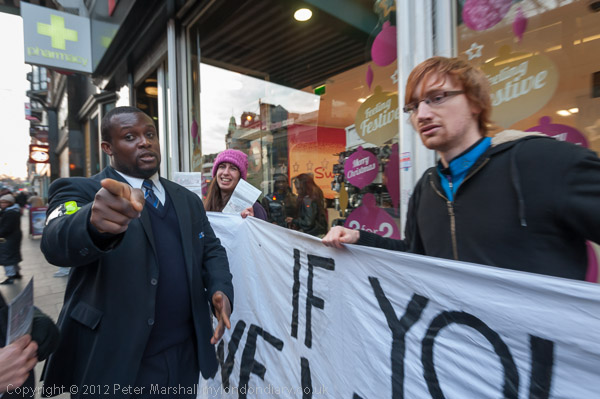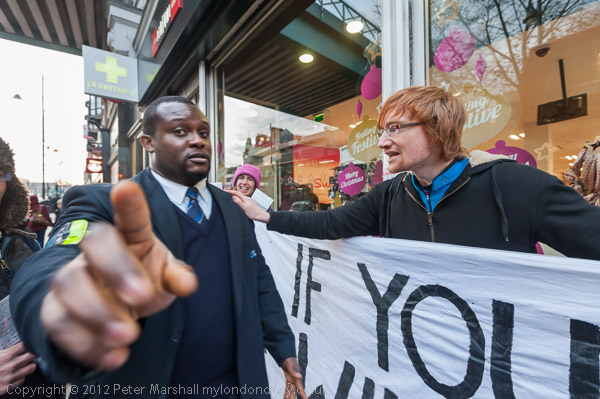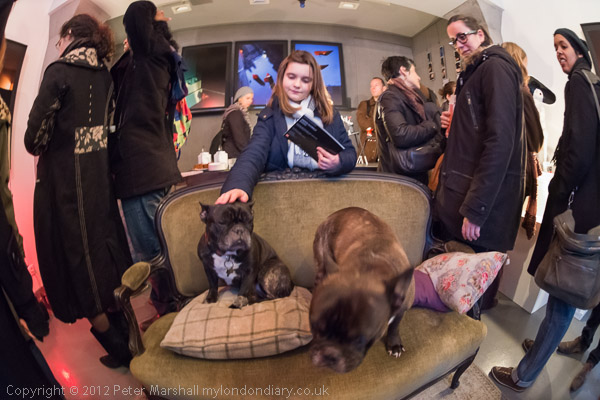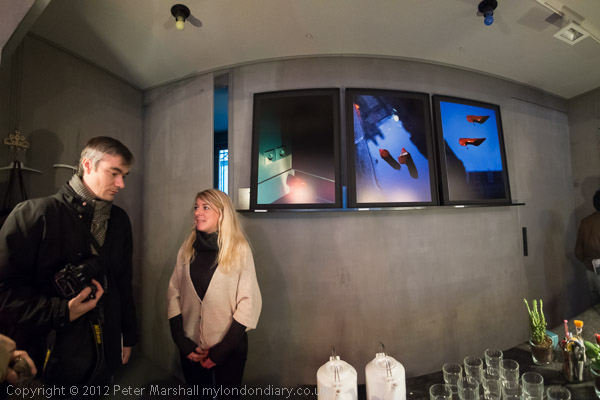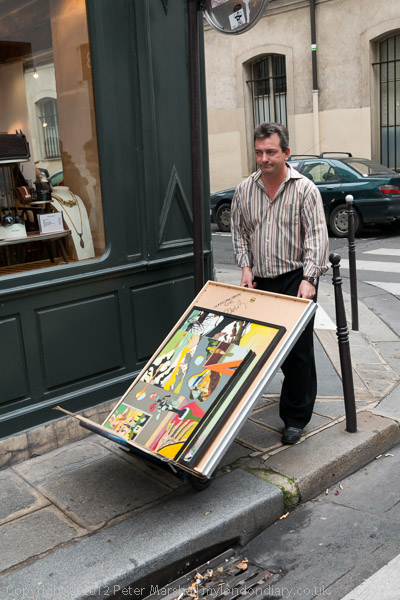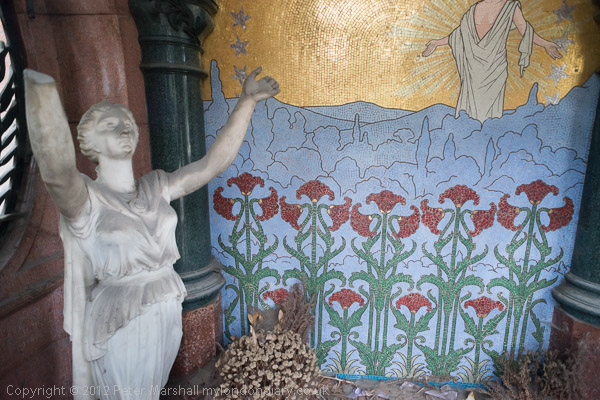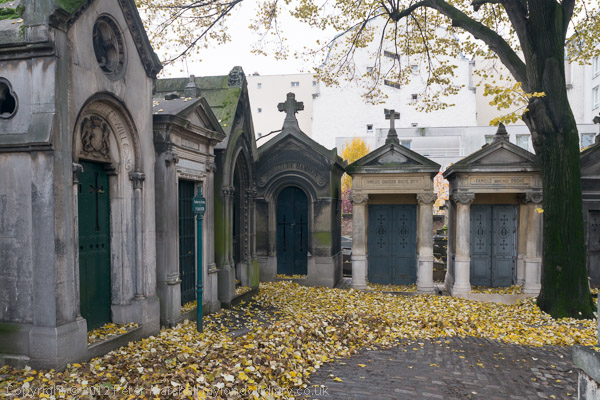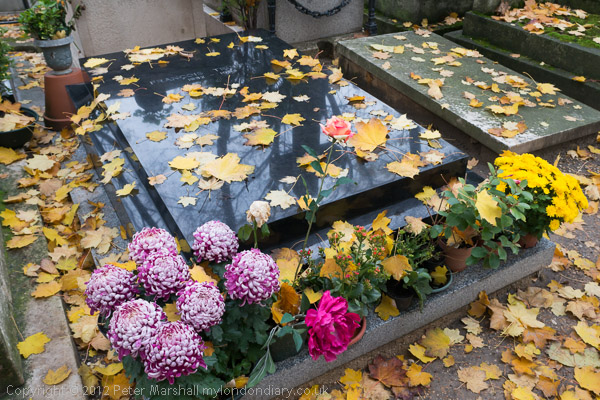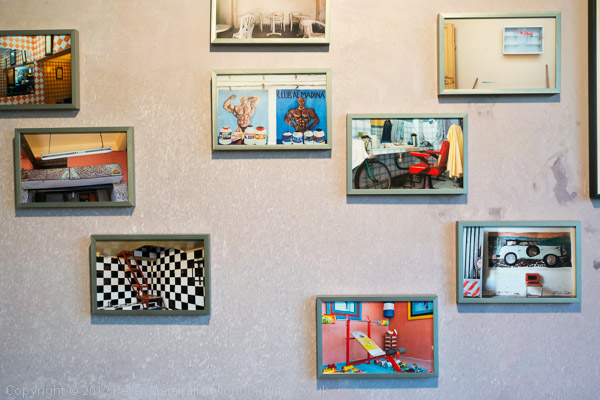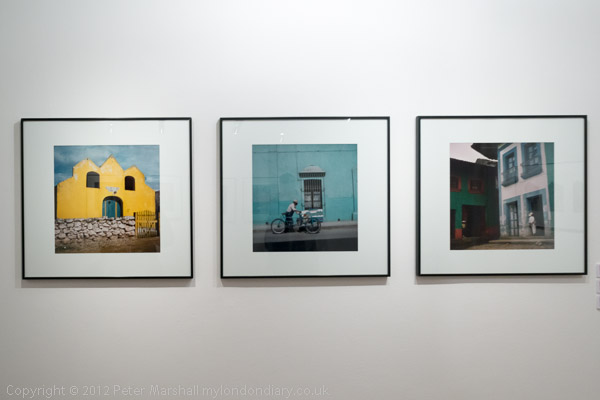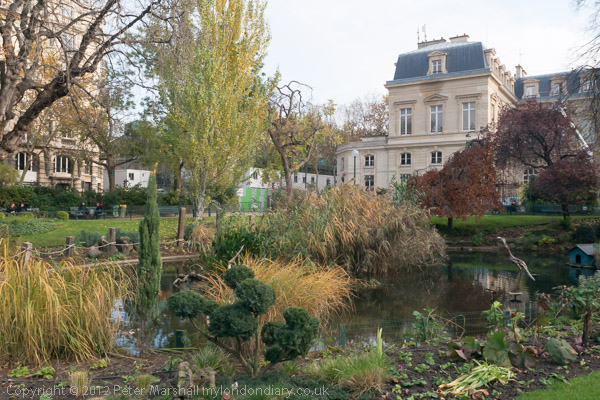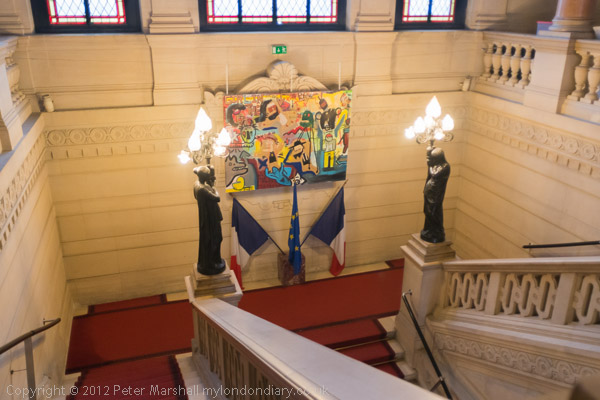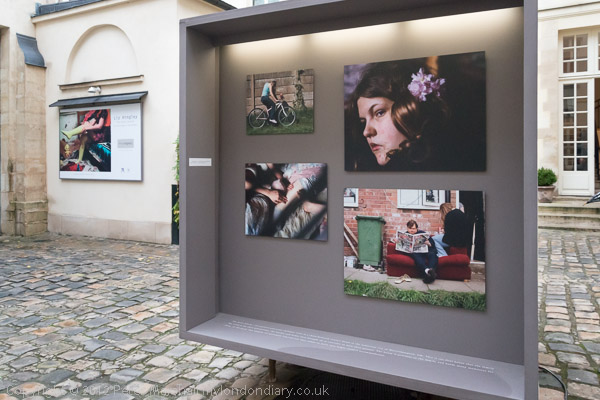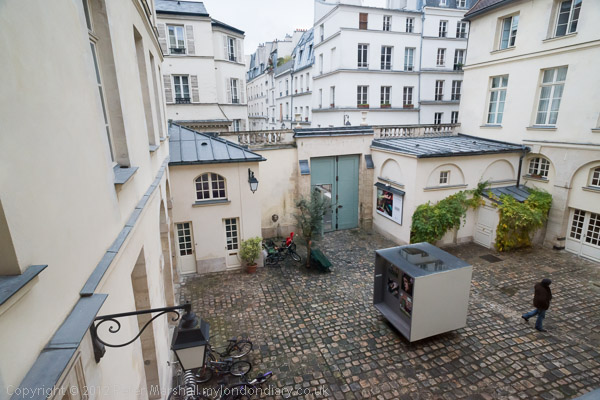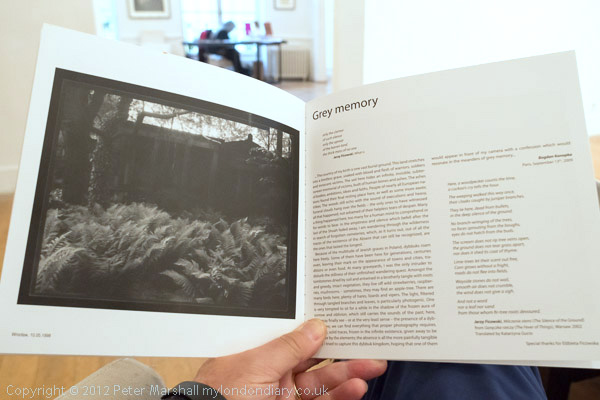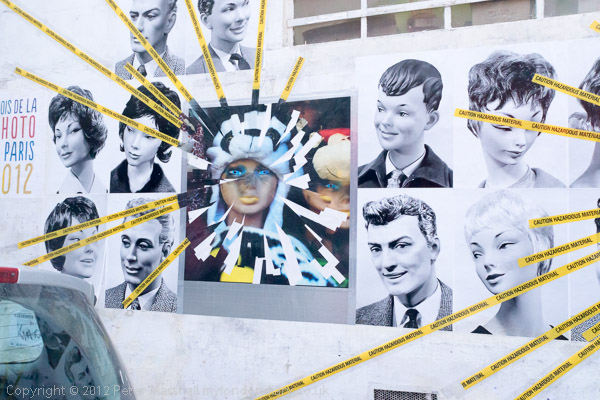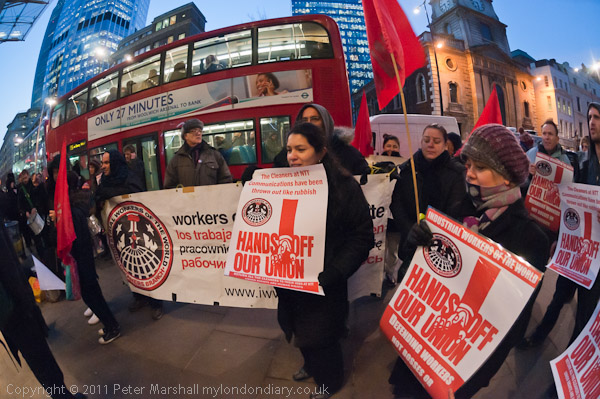
Another image with the 10.5mm DX semi-fisheye, which was always a good lens and has really become a great lens to use with the recent versions of Lightroom, which remove its main defect, a fairly hefty dose of chromatic aberration. I rather unusually entered an image taken with this lens in 2005 into a competition organised by one of the printer companies, I think just to be shown in an exhibition somewhere in central Europe, one of the pictures I’d taken in what must be one of the most stylish photo galleries around, Contretype, and it took hours of work in Photoshop to get rid of the nasty effects in the file I sent for the large exhibition print to be made. You can see that image and how well Lightroom deals with the problem in an early post here, End Colour Fringing. By default, Lightroom now also tries to change the perspective to rectilinear, which is almost always disastrous for the images, though sometimes a small amount of ‘distortion’ correction – perhaps 30% – can help. Of course it isn’t really a distortion, just a different way of representing the world, and sometimes the effect can be improved by changing to another view, cylindrical perspective. But the picture above is one that works well and is actually strengthened by the original spherical view, which brings the eye into the centre of the image.
Importantly it is from one of the trade union campaigns I most admire, the fight by the cleaners to get a living wage and to be treated with respect, a fight they have carried out with a determination that should be a model and an inspiration for all workers in all trade unions. The cleaners have stood up for their rights, have refused to be bullied and have won, with many more now getting the London Living Wage, although the struggle continues. One of the main and important points they make – and one that should be an important call made by the whole trade union movement – is that companies may outsource the contracts but they cannot outsource responsibility for the workers on their premises.
It is a sad reflection on the state of our trade union movement that the cleaners have only really made progress by going outside of the established unions and forming their own union, at first as a branch of the IWW, and more recently as the IWGB. Although many individual trade unionists have come to the protests and supported the cleaners, the cleaners found the union officials in too cosy a relationship with the employers, and unwilling to fight for workers’ rights.
The leading figure in the fight is Alberto Durango, who was just out of picture behind me as I took this image, and IWW Cleaners Demand Reinstate Alberto was part of the fight the cleaners have to get proper recognition for their union.
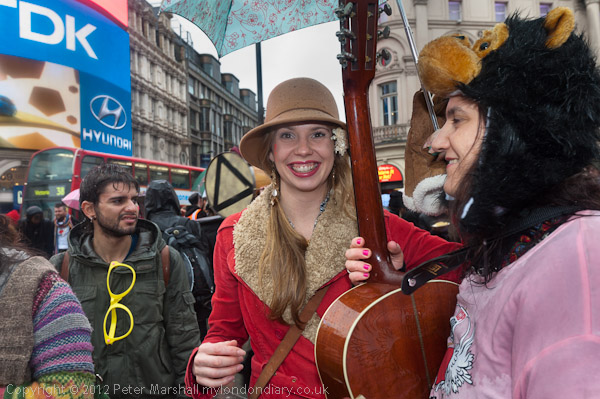
One of the events I’ve photographed for a number of years is the annual party around Eros at Piccadilly Circus, organised by Venus, which is an antidote to the commercialisation of love which reaches its annual peak on St Valentine’s day. Reclaim Love – Occupy Your Heart! has quite a few images from this year’s event, although as you can see from the umbrella the weather wasn’t too kind. But this was my favourite, from the warmth of that smile and the symmetry of the face and the hat dead centre in this image but with very different elements around – those in the know will recognise the free Reclaim Love t-shirt in pink at right as well as of course the advertising display of Piccadilly Circus at top left.
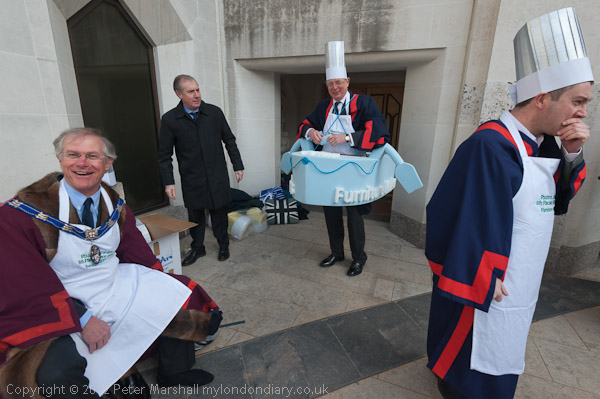
My third image from February comes from a very different part of London, Guildhall Yard and shows members of one of the City livery companies, the Furniture Makers’ guild. Although many of the guilds are truly ancient, the annual Pancake Race is a recent foundation, and one in which the members enjoy letting their hair down just a little, wearing silly hats and taking part in the races. Although it is a fun day, it does often illustrate the kind of cut-throat competition that lies under the gentlemanly surface of much City business.
It wasn’t a day when I made many good pictures – as you can see in Pancakes in the City – Guildhall as these people are generally far too aware of themselves and their image. The Nikon D700 with the bulky 16-35mm f4 that I used (at 16mm) isn’t the most discreet tool, and I had expected to have more success with the Fuji X100 that I also used at the event. But although I got some pictures that I probably couldn’t have made with the Nikon, its 35mm fixed lens was just not wide enough.
